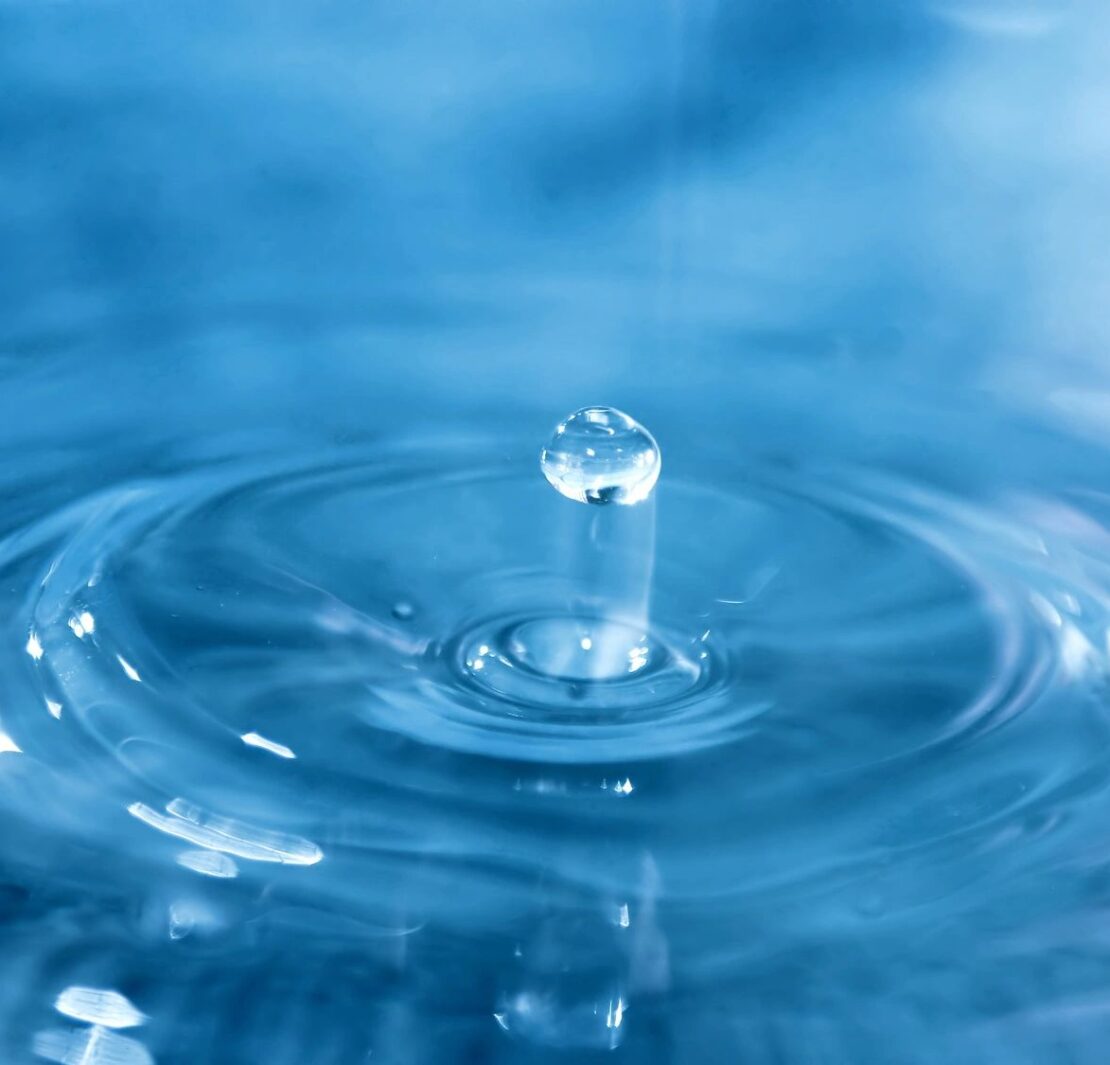A recent study found that at least 45% of Americans have “forever chemicals” in their tap water. If you’re wondering what these chemicals are, why they’re a problem, and how to avoid them, you’re not alone.
Forever chemicals is a nickname for PFAS (per- and polyfluoroalkyl substances), a group of more than 15,000 manufactured chemicals with similar properties. They got their nickname because they don’t break down naturally, so they can build up in soil, water, plants, animals, and human bodies over time.
Most PFAS haven’t been tested for safety, but those that have are linked to health problems including kidney and testicular cancer, liver and thyroid issues, fertility problems, and increased risk of birth defects, among others. Researchers who study PFAS generally assume that because of their chemical similarities, all of these substances carry similar risks.
PFAS are used to make things nonstick, grease-proof, waterproof, and stain-resistant. They’re used in everything from nonstick pots and pans, stain-resistant furniture and carpeting, and waterproof clothing to grease-resistant food packaging and the insides of microwave popcorn bags. PFAS have been detected in common grocery store items and in contact lenses, makeup, sports bras, and period underwear. They’re also used in a certain type of firefighting foam that’s been used in drills on military bases and at airports, and communities near these facilities often have issues with PFAS drinking water contamination as a result.
Because their use is so widespread and these chemicals never break down, today nearly all Americans have some PFAS in their blood. The chemicals have even been found in umbilical cord blood and breast milk.
Scientists have known for decades that these chemicals could be harmful to human health, but awareness of the risks associated with them is becoming more widespread. Some states have begun regulating these chemicals in drinking water and banning them in consumer products. Several states are also suing the manufacturers of PFAS to try and get them to cover the cost of cleaning up drinking water contamination so it doesn’t fall to taxpayers.
The U.S. Environmental Protection Agency (EPA) has proposed federal drinking water limits for a few of the most common PFAS that are expected to go into effect by the end of this year. But this won’t account for all of the chemicals, and in the meantime many water authorities don’t test for these chemicals or do anything to filter them out because they’re not yet required to.
An international group of scientists who study PFAS has called for a global ban on all non-essential uses of these chemicals, saying they should be phased out wherever safer options are available. A number of environmental health advocacy groups in the US are calling for a similar ban here.
We can support their efforts by telling our lawmakers that this issue is important to us, and asking them to support a ban on all non-essential uses of PFAS and do a better job of regulating these chemicals in drinking water.
While we work toward those big picture solutions, there are also some simple steps we can take right now to reduce our exposure to forever chemicals:
Filter your tap water
The Environmental Working Group, a nonprofit research and advocacy group focused on toxic chemicals, recently tested ten home water filters to see which ones were best at removing PFAS. They found four home water filter brands that removed 98-100 percent of PFAS: Zero Water, Clearly Filtered, Berkey Travel, and Epic Water filters.
Opt for “purified” bottled water over “spring water”
Unfortunately, PFAS have been found in some bottled water, too. A study by researchers at Johns Hopkins University found PFAS in 39 out of more than 100 bottled waters tested. The study didn’t say which brands were tested, but the researchers found that bottled water labeled “purified” was less likely to contain PFAS than bottled water labeled “spring water.” Water labeled “purified” is usually filtered using reverse osmosis, which removes PFAS, while water labeled “spring water” is not.
Reduce PFAS in your diet and in your home
In addition to thinking about drinking water, we can also reduce our exposure to these chemicals by eating food we cook at home more often than we eat fast food or takeout, which can help avoid food that’s been contaminated with PFAS through contact with PFAS-treated takeout containers and wrappers. If you eat popcorn regularly, you can start using an air-popper instead of eating microwave popcorn. Avoid using nonstick cookware — particularly if it’s old or scratched. We can also reduce our overall exposure to these chemicals by avoiding using sprays on our furniture and carpets that promise to make them stain-resistant or waterproof, and opting for untreated carpets and furniture when making new purchases.
KRISTINA MARUSIC is an award-winning journalist at Environmental Health Sciences who covers environmental health and justice at EHN.org and DailyClimate.org. Her research into cancer-causing chemicals and exposures lead to her new book, A New War on Cancer: The Unlikely Heroes Revolutionizing Prevention (Island Press / May 11, 2023). Kristina holds an MFA in nonfiction writing from the University of San Francisco, and her personal essays and reporting have been published by outlets including CNN, Slate, Vice, Women’s Health, The Washington Post, MTV News, The Advocate, and Bustle, among others.



